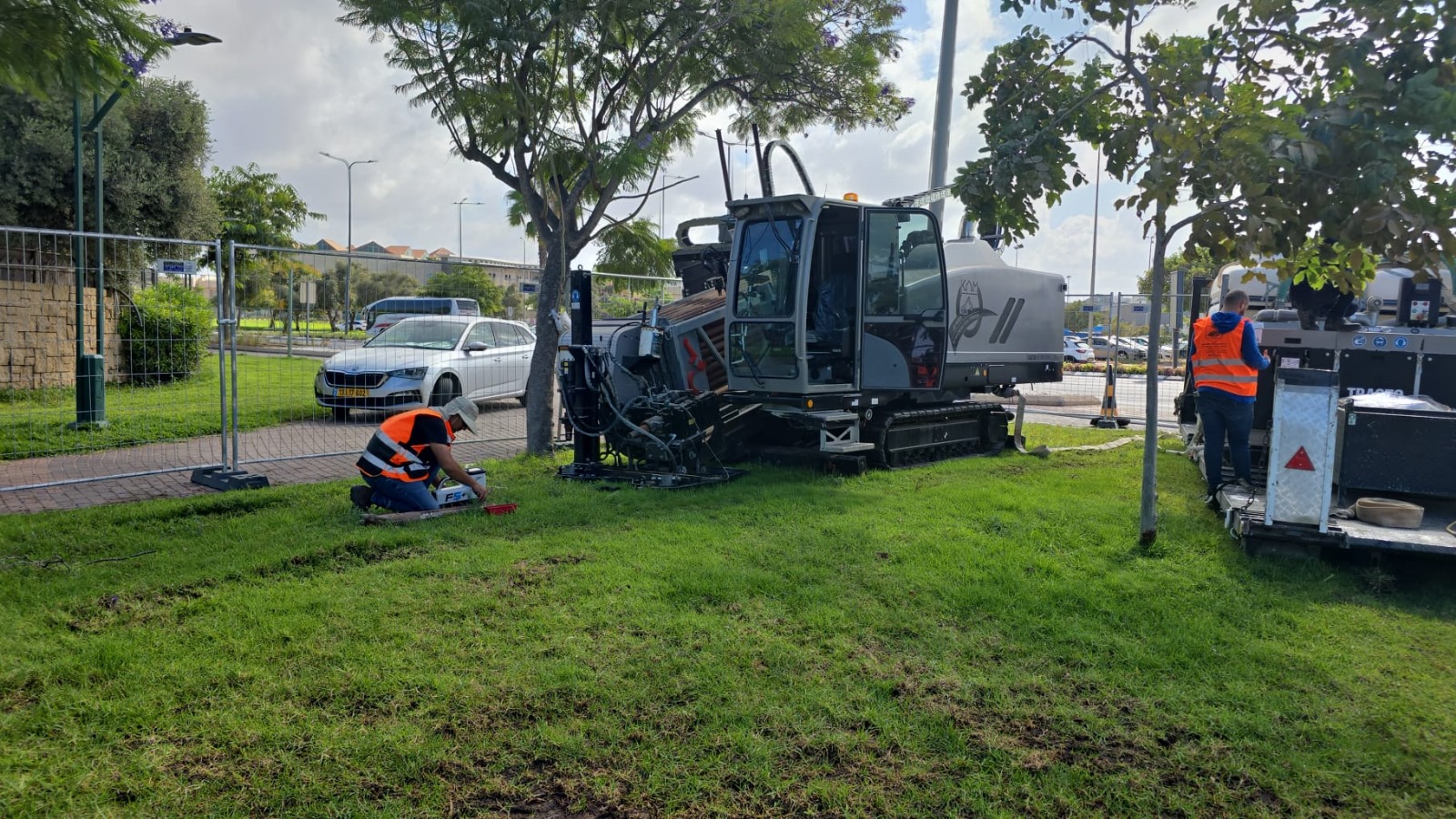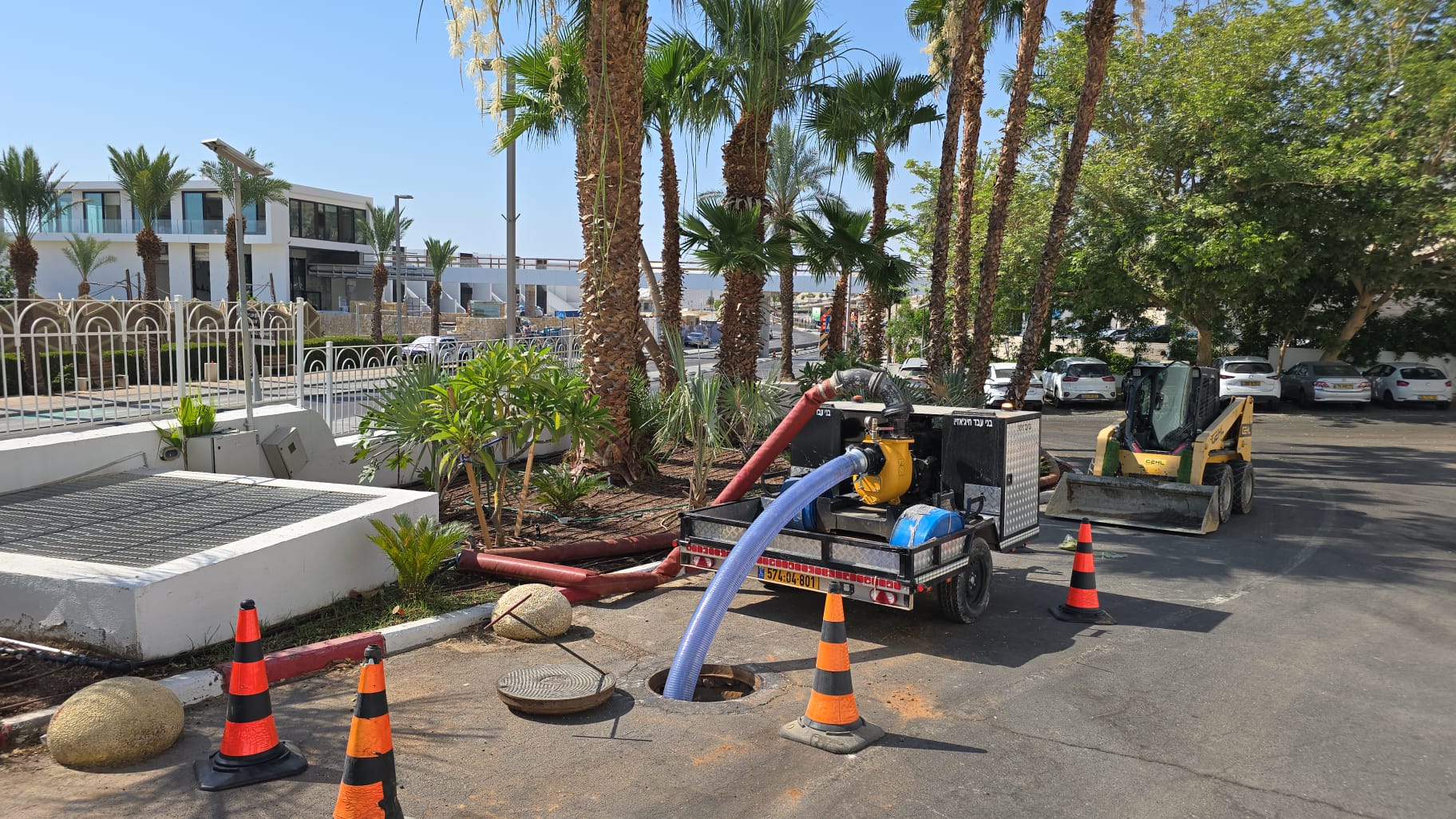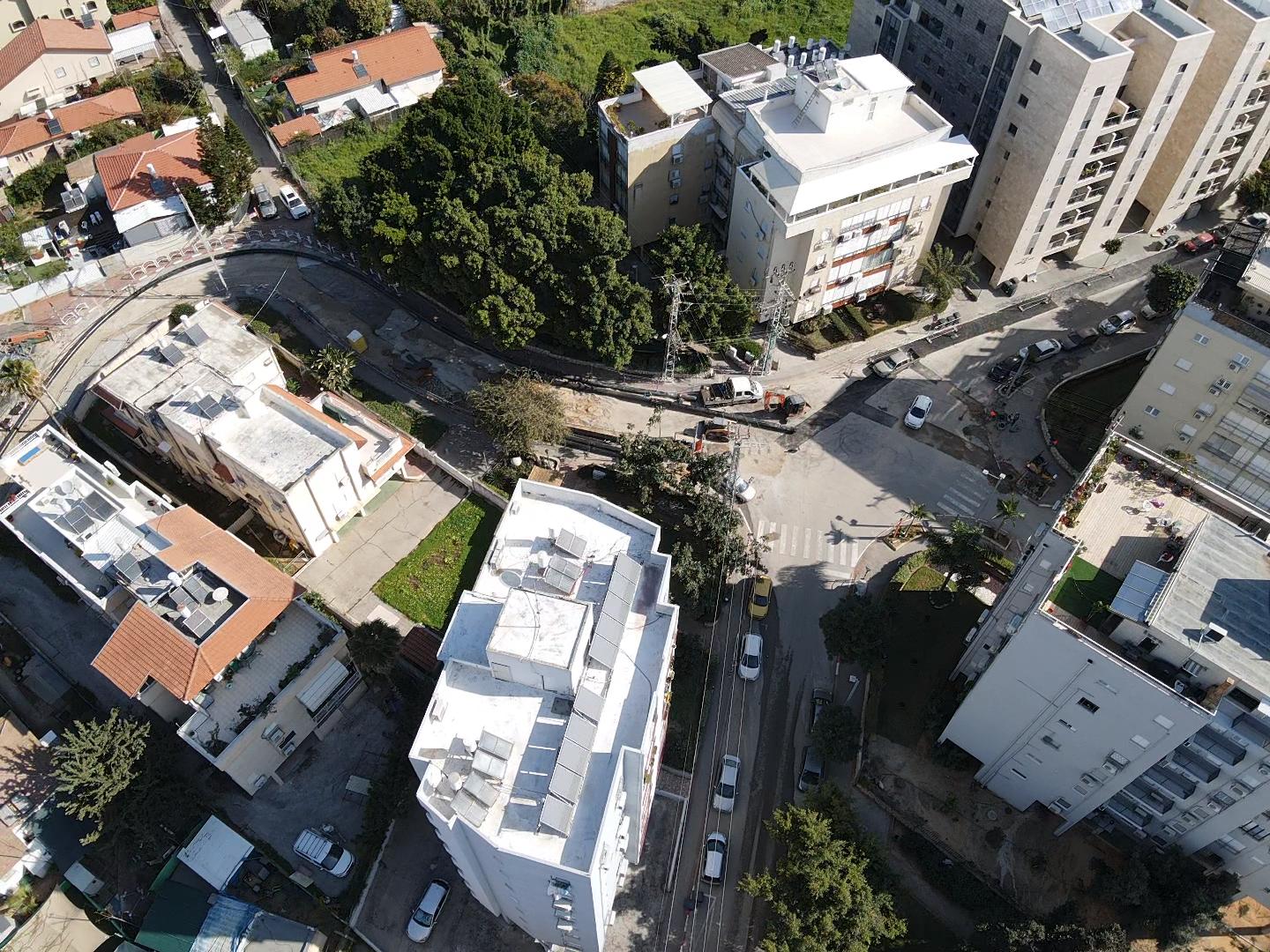Pipe Bursting Technology
Revolutionary trenchless method for replacing underground infrastructure without the disruption and expense of traditional excavation
Understanding Pipe Bursting
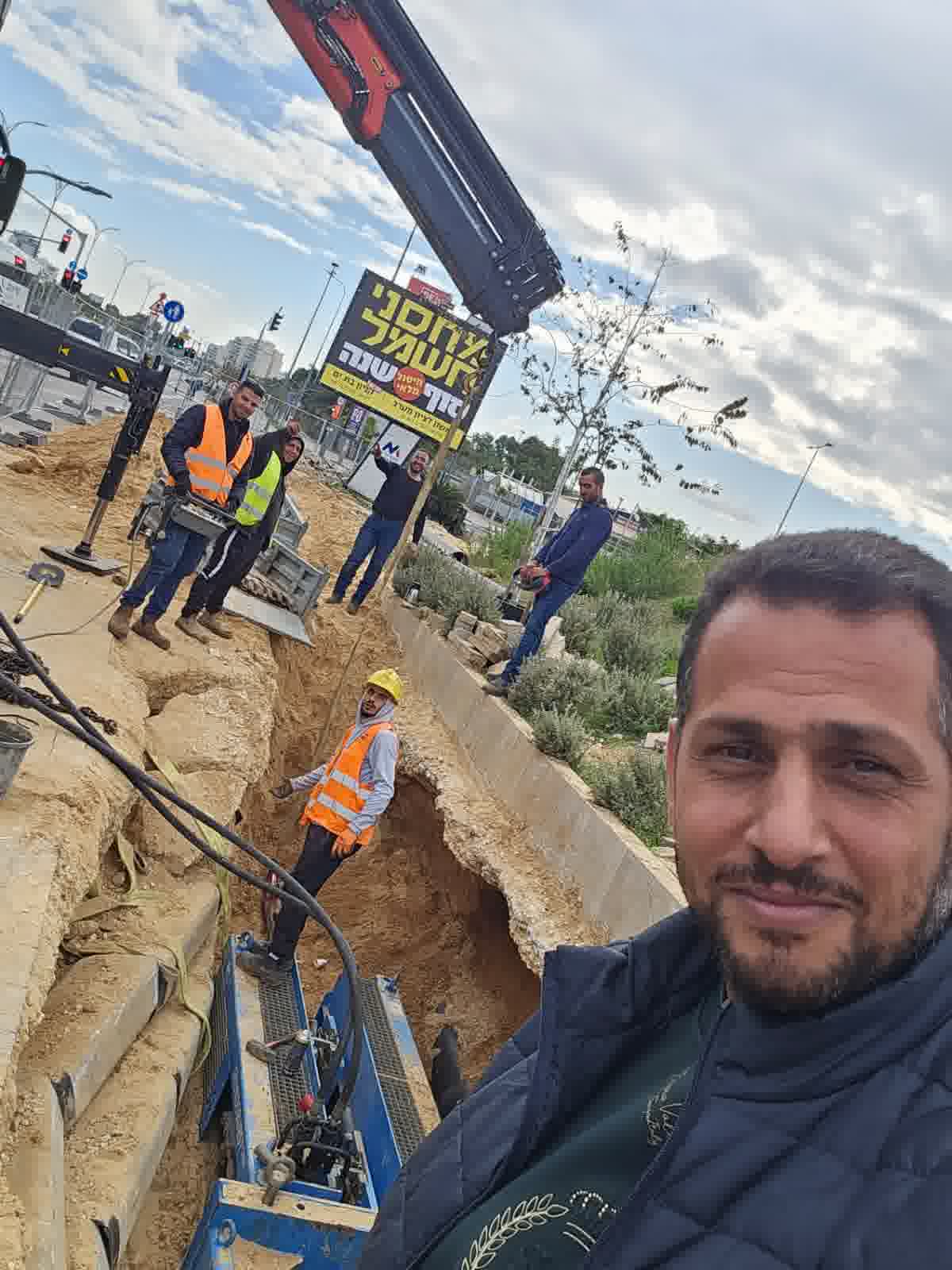
What is Pipe Bursting?
Pipe bursting is an advanced trenchless method for replacing underground sewer and water pipes. Instead of digging long trenches, the process requires only two small access pits at the pipe's ends. A specialized bursting head is pulled through the old pipe, breaking it into small pieces and pushing them into the surrounding soil, while simultaneously pulling a new HDPE pipe behind it.
The process uses five key pieces of equipment: an expander head with a leading end smaller than the trailing end, pulling rods, a pulling machine, a retaining device, and a hydraulic power pack. The expander head (also known as a "bursting head" or "bullet") is pulled through the old pipe, fracturing it as it moves forward while the new pipe attached to its back is dragged into place.
This innovative process involves breaking and expanding the existing buried sewer line while simultaneously replacing it with new high-density polyethylene (HDPE) pipes. The replacement pipe is one long fully fused polyethylene pipe with no joints, drastically reducing leak possibilities compared to traditional pipe segments with gasketed connections.
Traditional Challenges
Traditional pipe replacement requires extensive excavation, creating trenches along the entire pipe length. This causes:
Our Solution
Pipe bursting provides utility owners the option of keeping the new pipe the same size as the original or increasing it by one to two pipe sizes, improving system capacity while minimizing disruption.
When is Pipe Bursting Appropriate?
Deteriorated Pipes
Existing pipes are deteriorated but still maintain their general alignment
Capacity Increase
Need to expand pipeline carrying capacity by replacing smaller pipes with larger ones
Surface Preservation
Critical for areas like wetlands, roads, or residential neighborhoods
Fracturable Materials
Works with clay, concrete, cast iron, and other brittle materials
Straight Pipe Runs
Ideal for straight pipe runs between access points
Stable Ground
Ground conditions are stable enough to support the bursting process
See Pipe Bursting in Action
Watch how our advanced trenchless technology replaces underground pipes with minimal disruption
Core Service Capabilities
Small Diameter Service
ND 1.97 - 9.84 inches (50mm - 250mm)
For residential and small commercial applications, our compact equipment provides:
- Max Length: 328 feet (100m) per pull
- Pulling Capacity: 61,822 - 89,924 kN thrust
- Operating Pressure: 3,625.95 bar
- Materials: VCP, PVC, PE, Cast Iron, AC, GFRP, Steel
- New Pipe: Up to OD 11.02 inches (280mm)
Medium Diameter Service
ND 3.14 - 15.75 inches (80mm - 400mm)
Ideal for municipal sewer lines and pressure systems:
- Max Length: 328 feet procedural capacity
- Thrust Capacity: 57,551.10 kN
- Pulling Force: 172,878.12 kN at 250 bar
- Efficiency: 73.89 kW at 2,300 rpm
- Bursting Length: 29.53 mm effective
High-Capacity Service
ND 5.90 - 23.62 inches (150mm - 600mm)
For major utility corridors and trunk mains:
- Max Length: 984.25 feet (300m)
- Thrust Force: 88,799.52 kN
- Pulling Capacity: 285,956.92 kN at 250 bar
- New Pipe: Up to OD 24.80 inches (630mm)
- Rod Weight: 187.39 kg
Compatible Pipe Materials
Existing Pipes We Replace
New Pipes We Install
How Does the Process Work?
Initial Assessment
Topographic survey and subsurface research are critical to understanding site conditions, examining utility locations, depths, and surrounding infrastructure

Step 1: Initial Assessment
Access Pit Creation
Two small holes are dug at either end of the sewer run that will be replaced - typically much smaller than traditional excavation
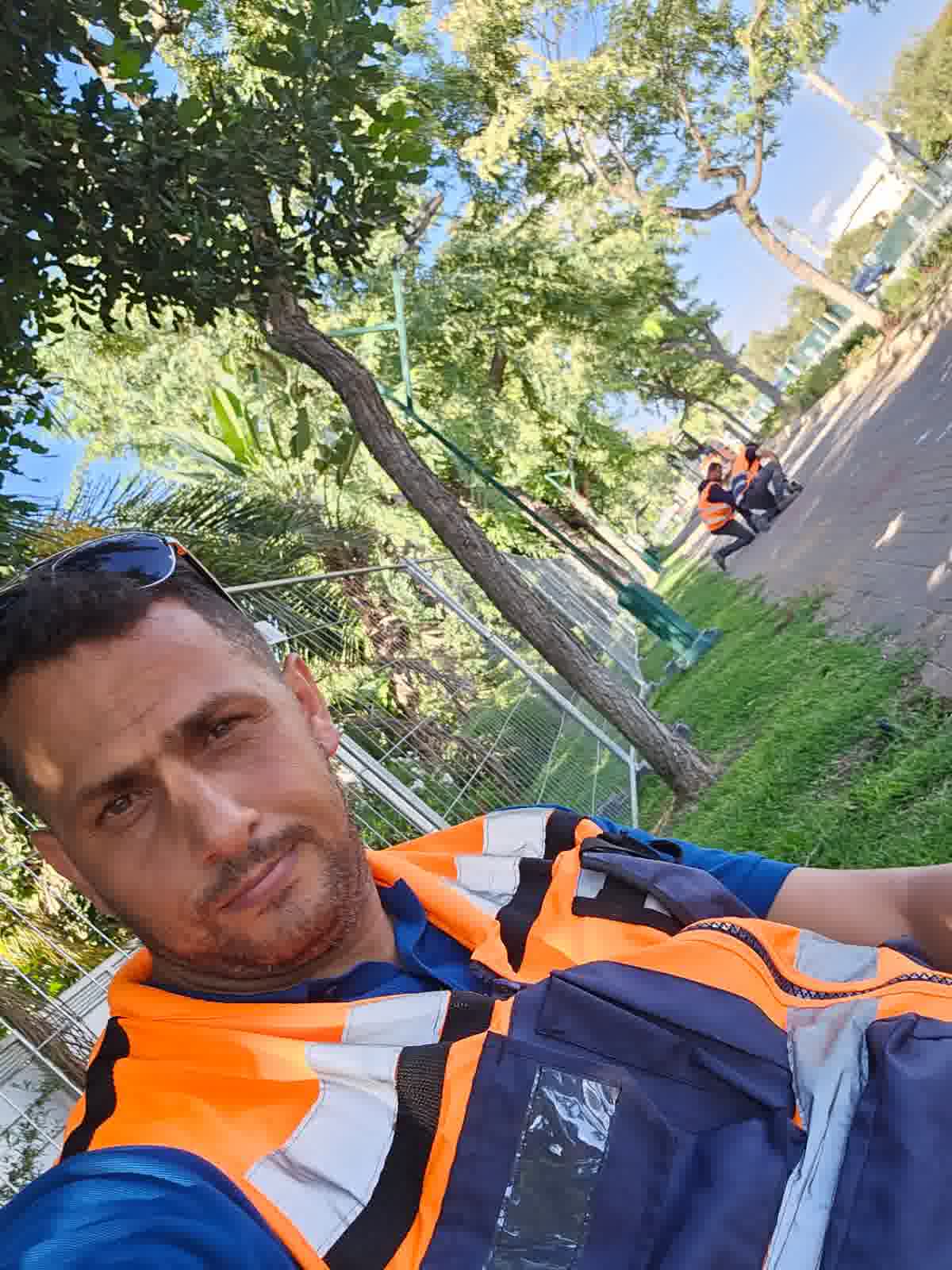
Step 2: Access Pit Creation
Equipment Setup
The pulling machine is positioned in the exit pit, and pulling rods are fed through the existing pipe
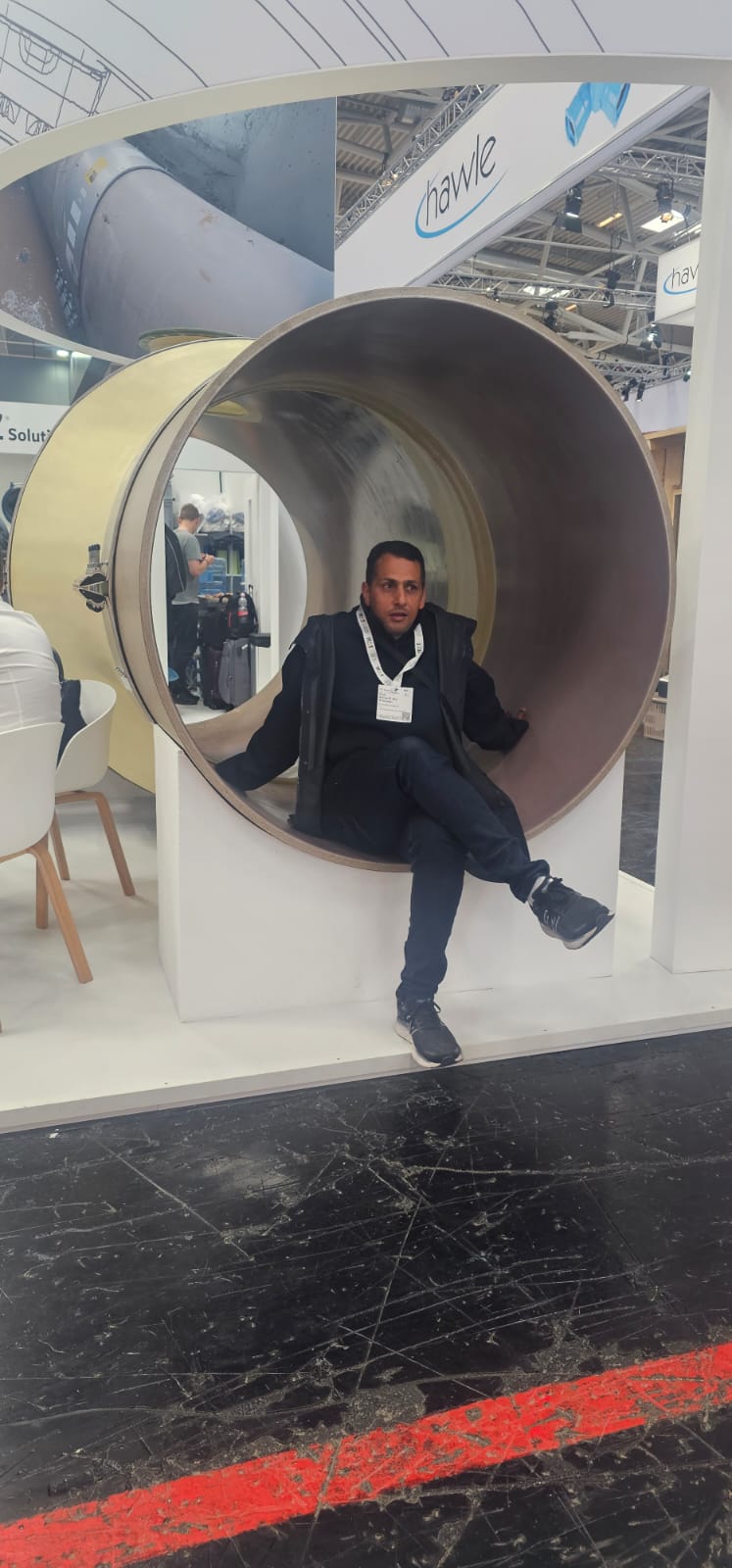
Step 3: Equipment Setup
Bursting Process
For brittle products like clay or asbestos cement, a cone is used to radially break the pipe and expand the surrounding ground. For ductile products like PVC or ductile iron, a cutting blade is used
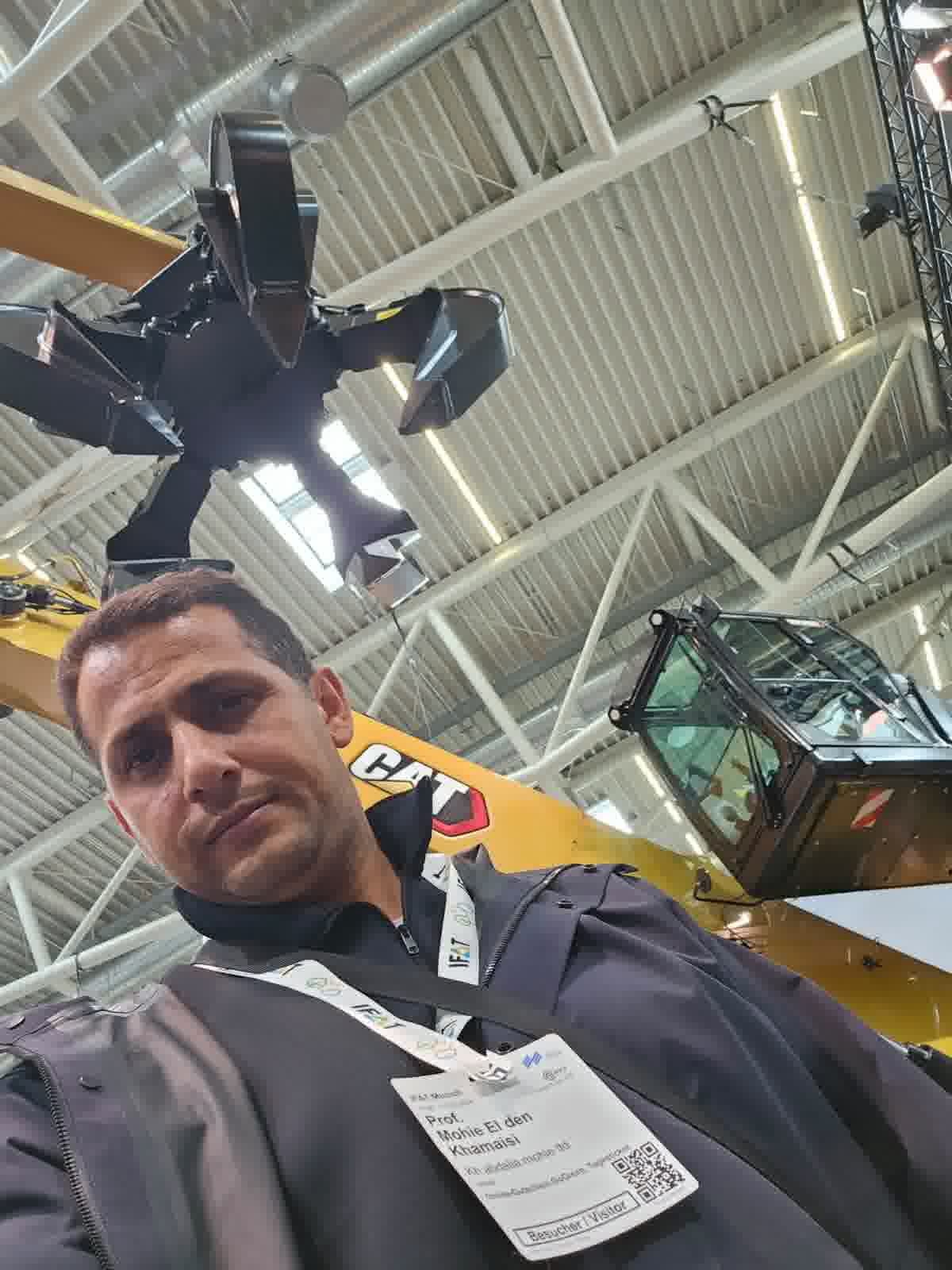
Step 4: Bursting Process
New Pipe Installation
The replacement pipe is one long fully fused polyethylene pipe with no joints, where a 500-foot existing utility pipe would be replaced with a 500-foot continuous replacement pipe
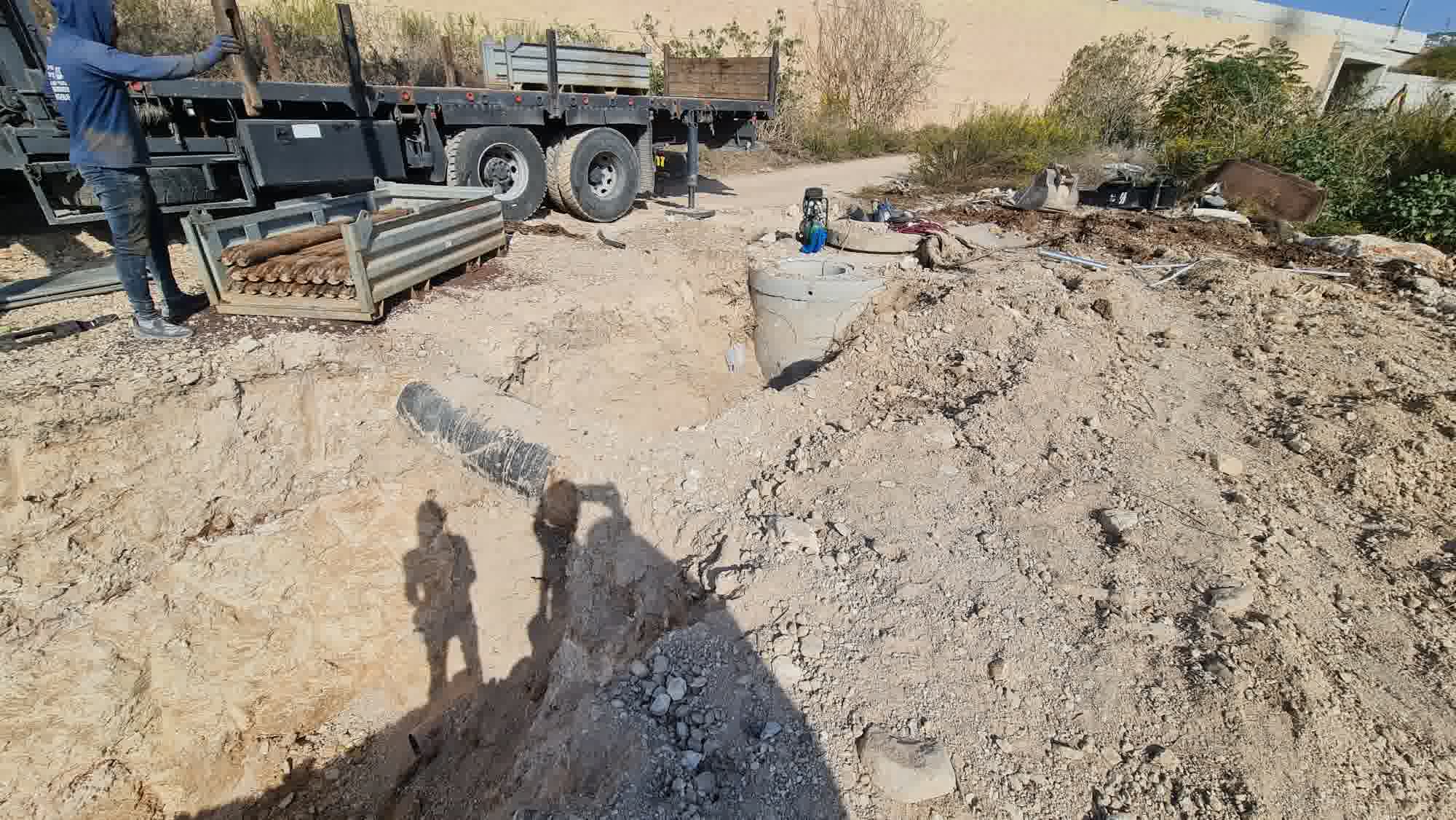
Step 5: New Pipe Installation
Advantages Over Traditional Methods
Minimal Disruption
Unlike traditional excavation that tears up yards and hardscaping, pipe bursting only requires small access points
Time Efficiency
Skip the week of excavation equipment at your home, piles of dirt, and subcontractor haggling
Cost Savings
Factor in the potential of repairs to landscaping, walkways, and driveways - significant savings
Environmental Benefits
No added chemicals or contaminants - considered a very sustainable replacement method
Long-Term Reliability
Unlike traditional 20-foot pipe segments connected with gasketed ends which can leak over time, fused joints are just as strong as the pipe itself, drastically reducing leak possibilities. The replacement pipe consists of one long fully fused polyethylene pipe with no joints.
Pipe Bursting Projects
Explore our completed pipe bursting installations and infrastructure upgrades

